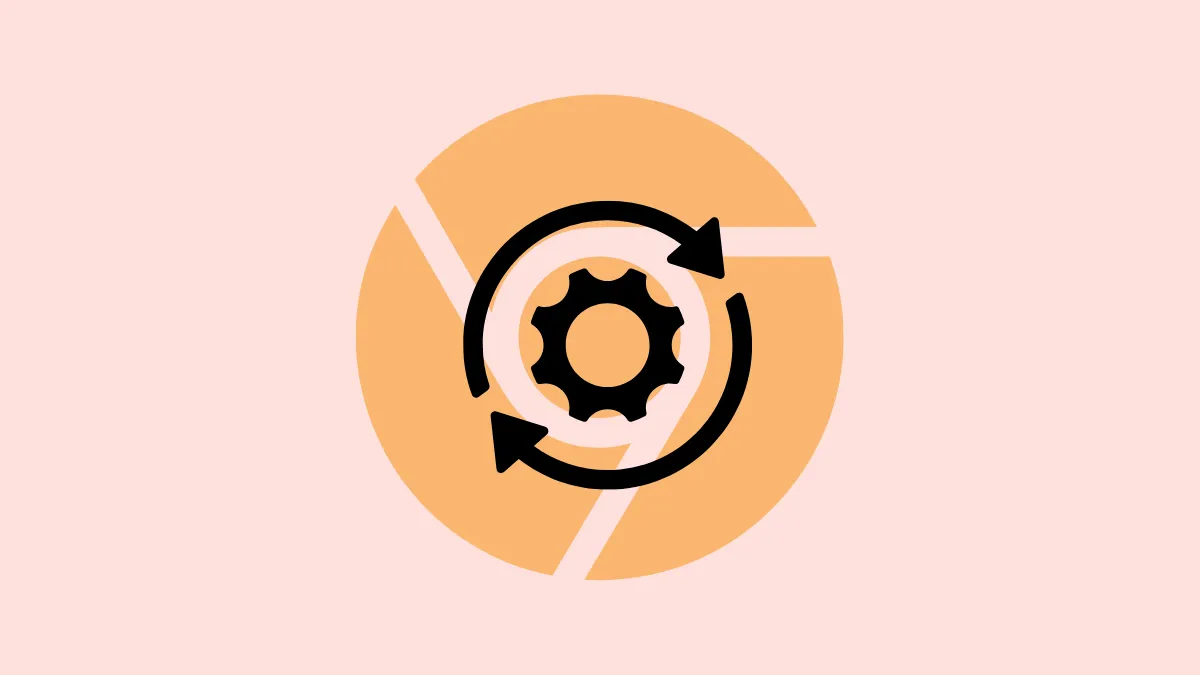Google Chrome is a popular browser known for its speed and reliability, but over time, it can slow down due to accumulated cache, too many open tabs, extensions, and background processes. Fortunately, several straightforward methods can help you optimize Chrome's performance and restore its speed.
Update Google Chrome
Step 1: Keeping Chrome updated ensures you have the latest performance improvements and security patches. To update Chrome, click the three vertical dots in the top-right corner of the browser window, then select Help and click About Google Chrome.
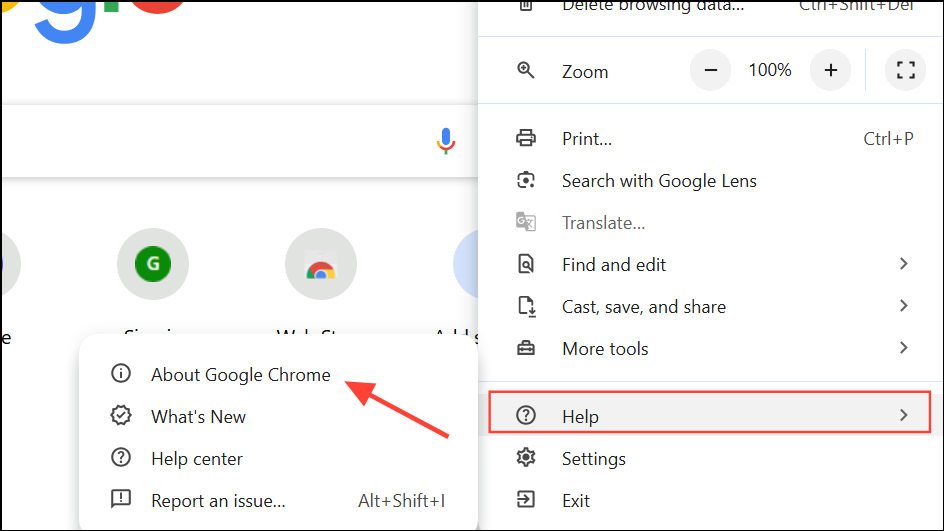
Step 2: Chrome will automatically check for updates and install them if available. After the update, click Relaunch to restart your browser with the latest version.
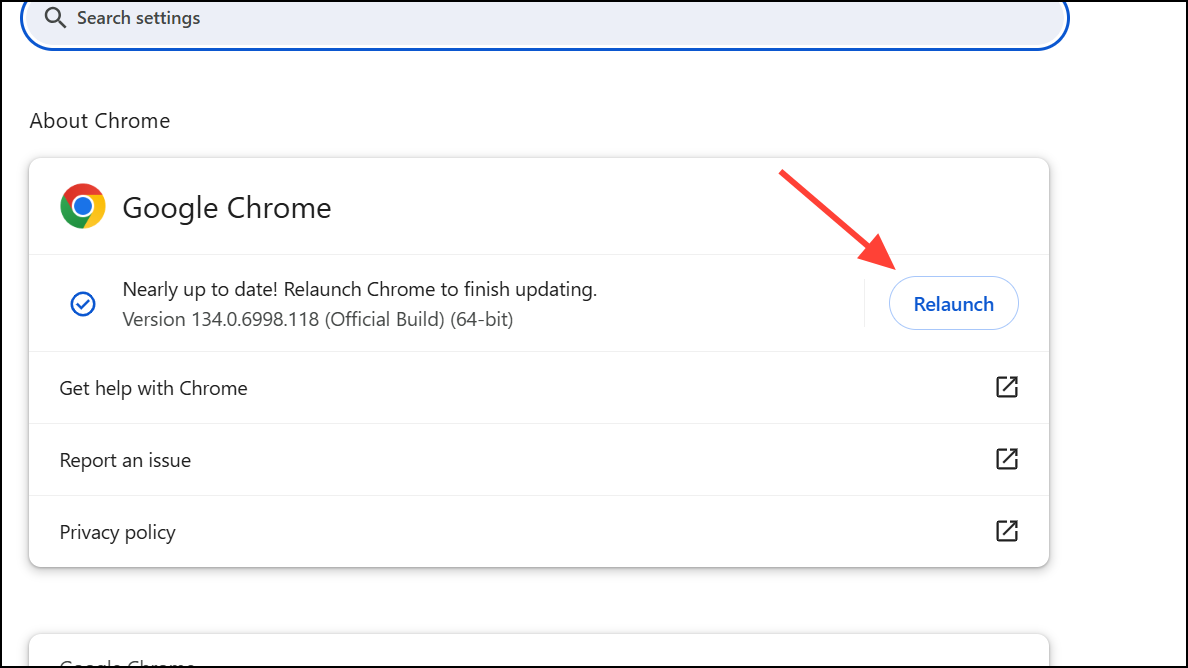
Close Unused Tabs
Every open tab consumes memory and processing power. To close unnecessary tabs, simply click the "X" icon on the tab you want to close. Alternatively, you can use keyboard shortcuts: press Ctrl + W on Windows/Linux or ⌘ + W on Mac to quickly close the current tab.
Reducing the number of open tabs frees up system resources, allowing Chrome to operate faster and more smoothly.
Disable or Remove Unused Extensions
Step 1: Extensions add useful features to Chrome, but too many can significantly slow down the browser. To manage your extensions, click the three vertical dots in the top-right corner, hover over Extensions, and select Manage Extensions.
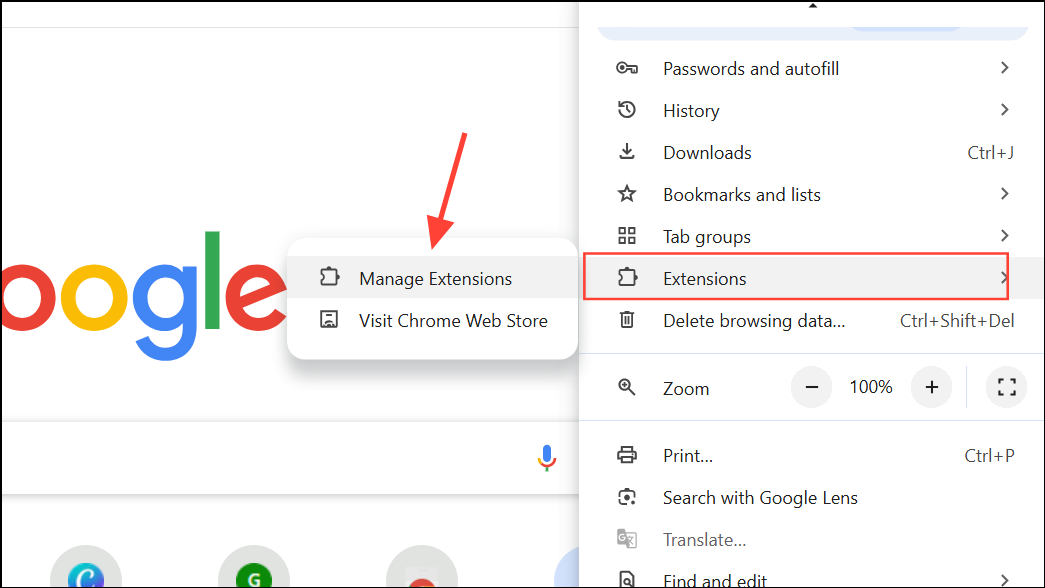
Step 2: Here, you can disable extensions by toggling them off or remove them entirely by clicking Remove.
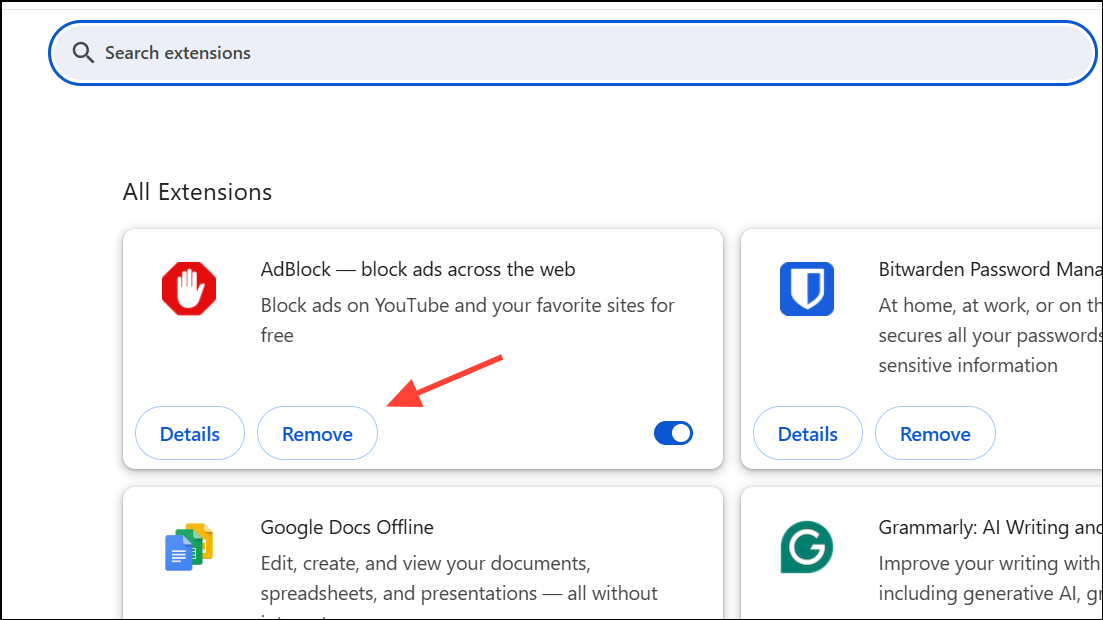
Regularly reviewing and removing unnecessary extensions reduces memory usage and improves Chrome's responsiveness.
Stop Resource-Heavy Tasks
Step 1: Chrome's built-in Task Manager helps identify tabs, extensions, or processes using excessive resources. Open it by clicking the three vertical dots, navigating to More tools, and choosing Task Manager.
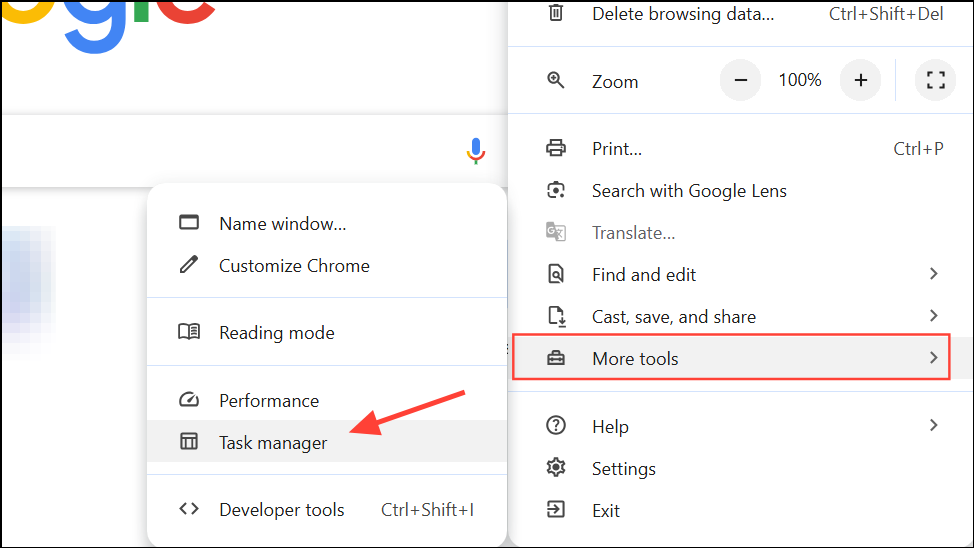
Step 2: Sort tasks by clicking the Memory column header to see which processes use the most resources. Select any unwanted or resource-intensive tasks, then click End process. This immediately frees up resources, speeding up Chrome.
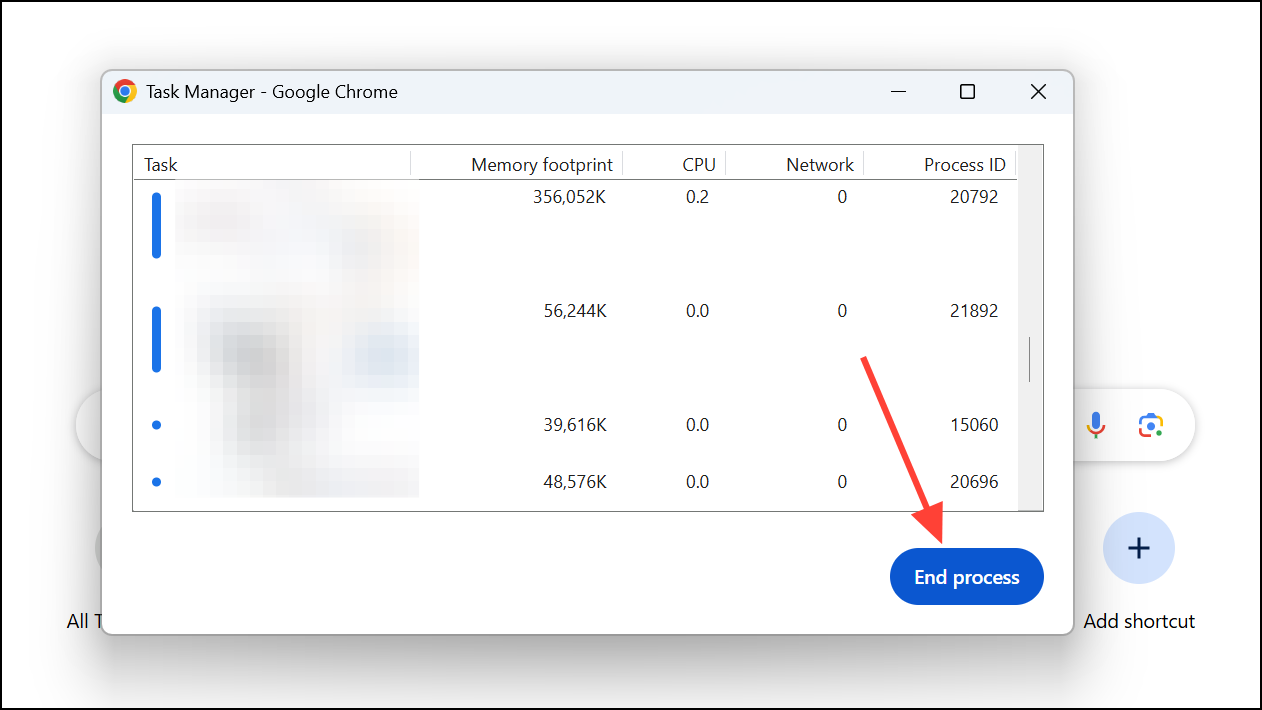
Clear Browsing Data and Cache
Step 1: Over time, cached files and browsing data can accumulate, slowing down Chrome. To clear these, click the three vertical dots, navigate to Settings.
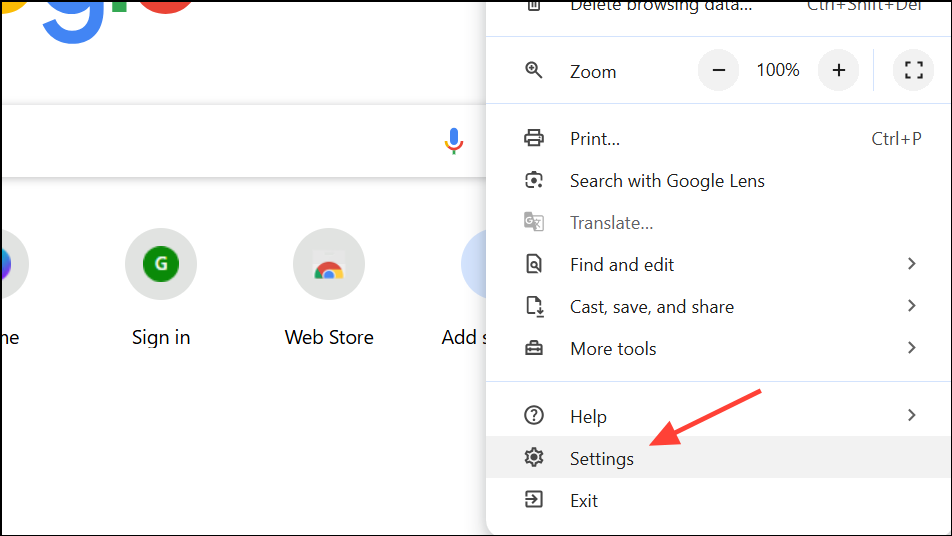
Step 2: Select Privacy and Security and click Delete browsing data.
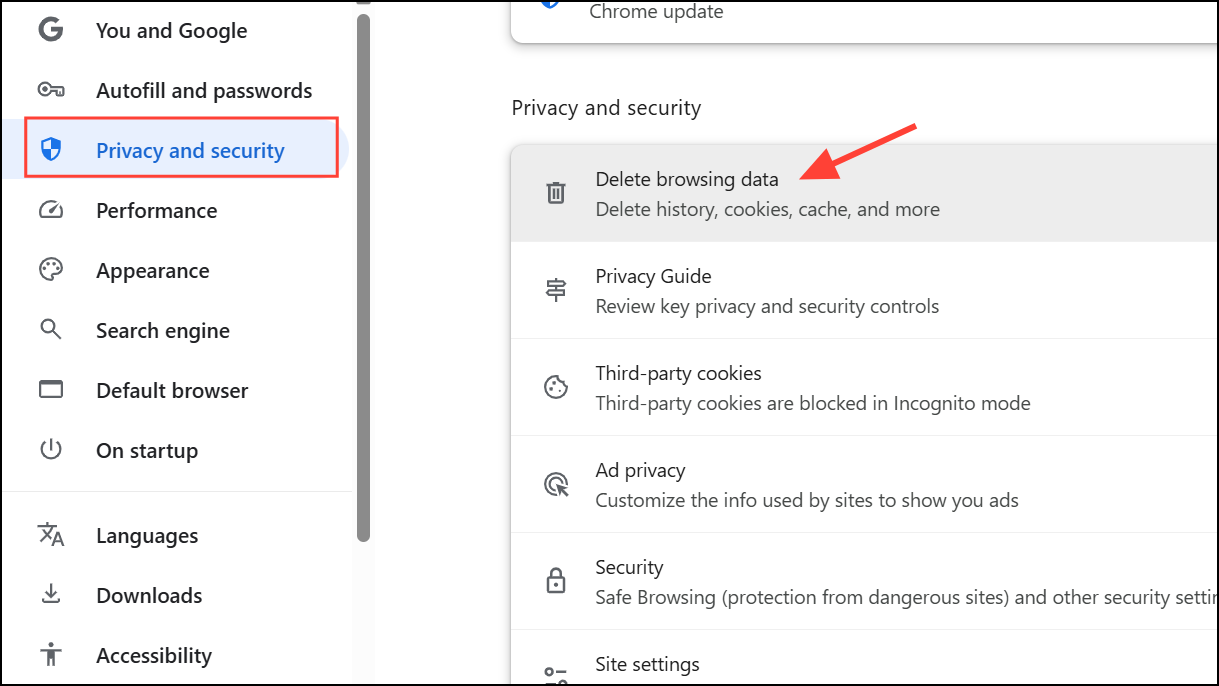
Step 3: Choose the data types you wish to clear (e.g., cached images, cookies), and click Delete data.
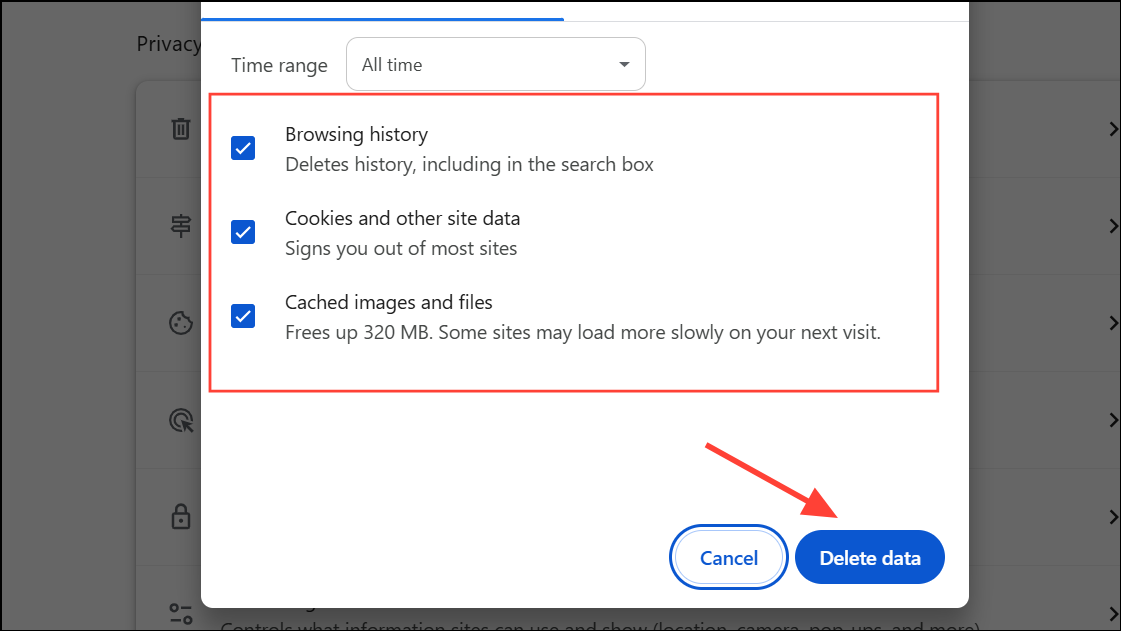
Regularly clearing cache and browsing data improves Chrome's load times and overall performance.
Enable Page Preloading
Step 1: Chrome can anticipate and preload web pages you might visit next, significantly reducing load times. To enable this feature, click the three vertical dots, then navigate to Settings > Performance.
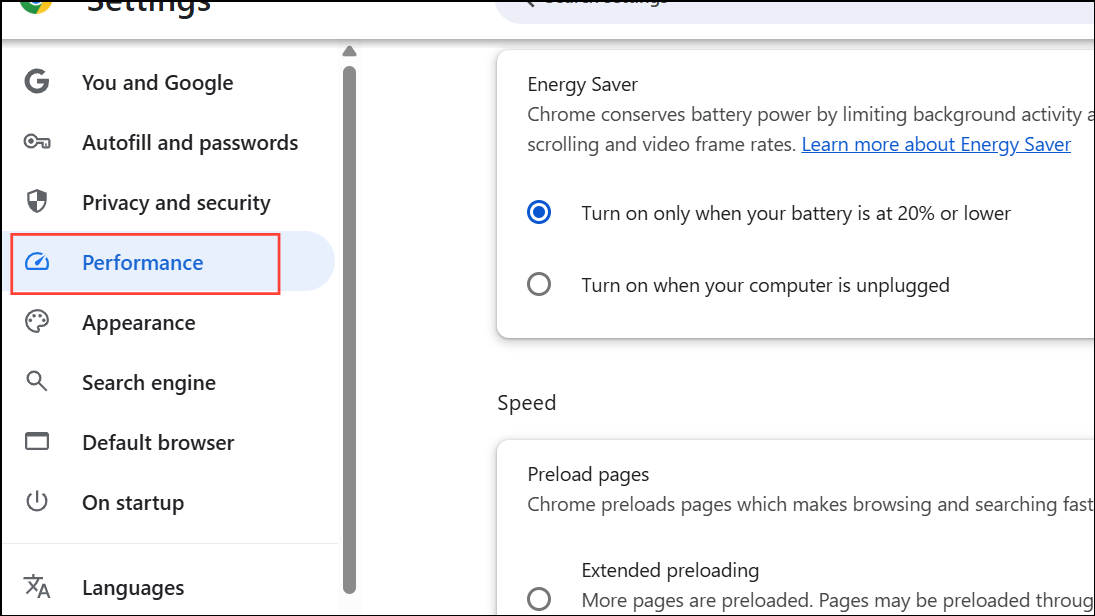
Step 2: Scroll down to the Preload section and click the toggle to turn it on if it isn't on already. You can then choose between Standard and Extended preloading.
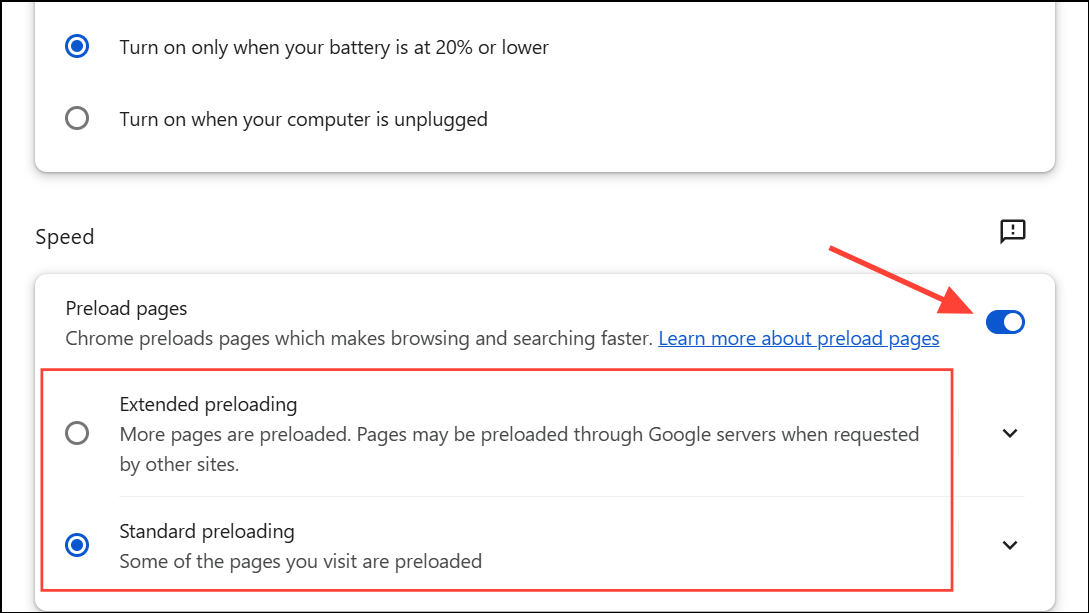
This proactive loading helps pages appear instantly when you click on them.
Turn On Hardware Acceleration
Hardware acceleration allows Chrome to leverage your computer's GPU for tasks like rendering graphics and videos, which improves browsing speed. To enable this feature, click the three vertical dots, go to Settings > System, and activate the toggle for Use hardware acceleration when available. Restart Chrome for the changes to take effect.
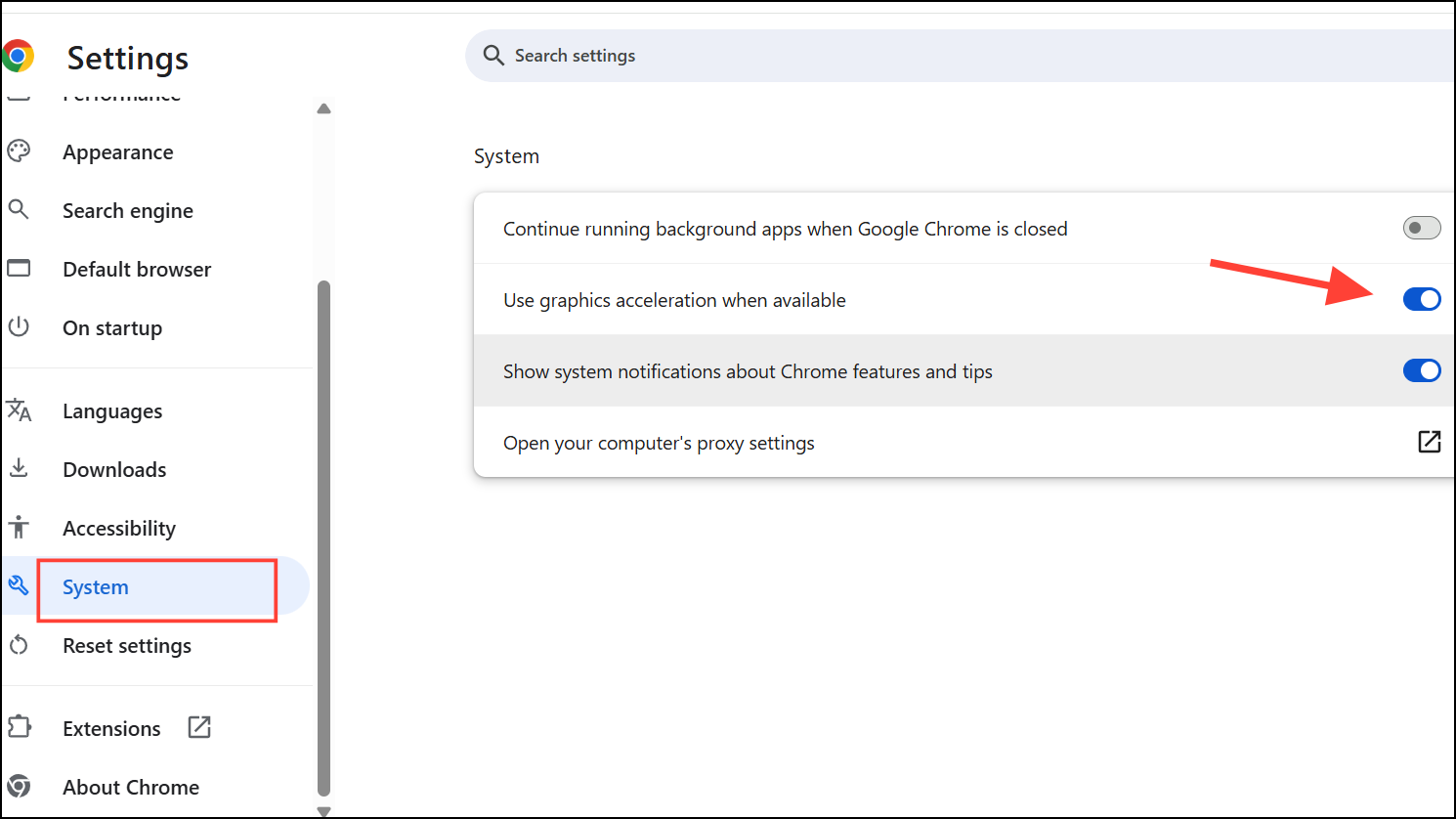
Use Chrome's Memory Saver Mode
Chrome's Memory Saver mode automatically suspends inactive tabs to free up memory. To ensure it's enabled, open Settings, select Performance, and verify that Memory Saver is toggled on. You can also specify exceptions for tabs you don't want to suspend.
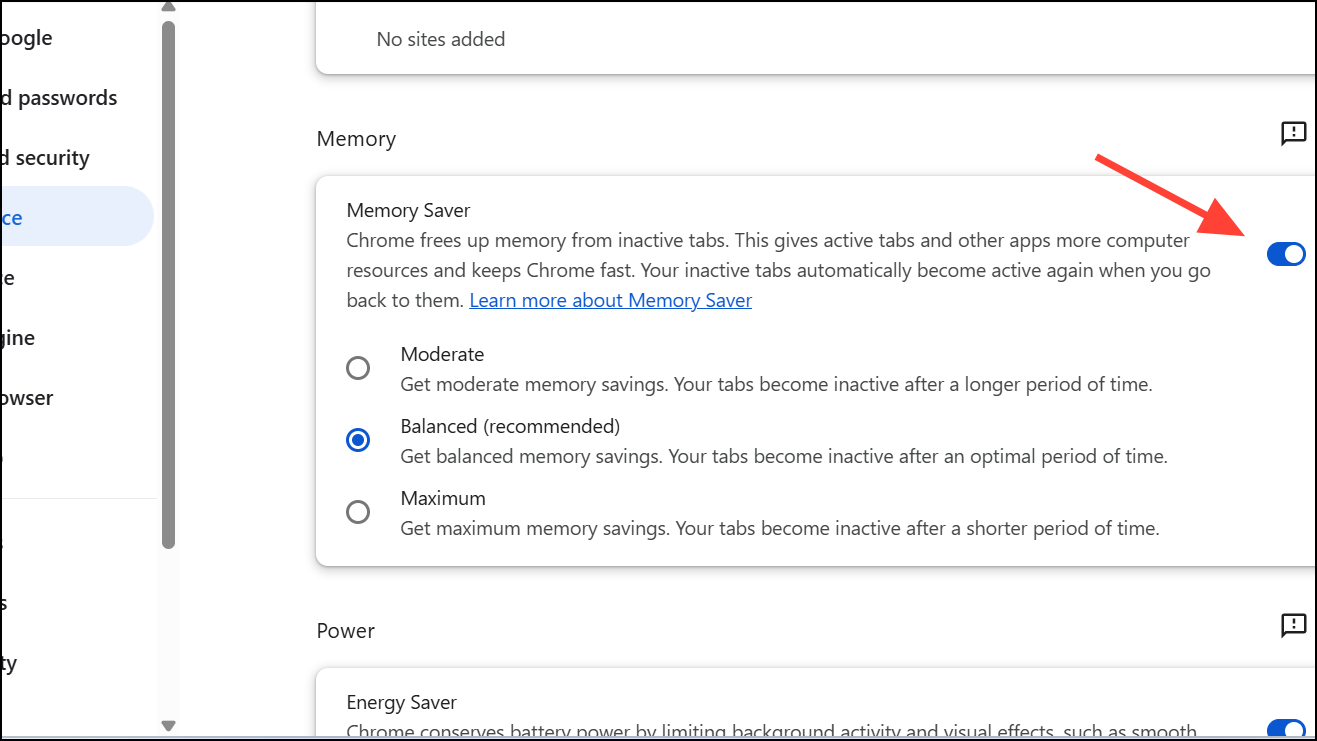
This feature significantly reduces memory usage, improving overall browser speed.
Reset Chrome to Default Settings
If Chrome remains slow despite other optimizations, consider resetting it to default settings. This removes extensions, themes, and other customizations but keeps your bookmarks and passwords intact. Click the three vertical dots, navigate to Settings > Reset settings, and select Restore settings to their original defaults. Confirm by clicking Reset settings.
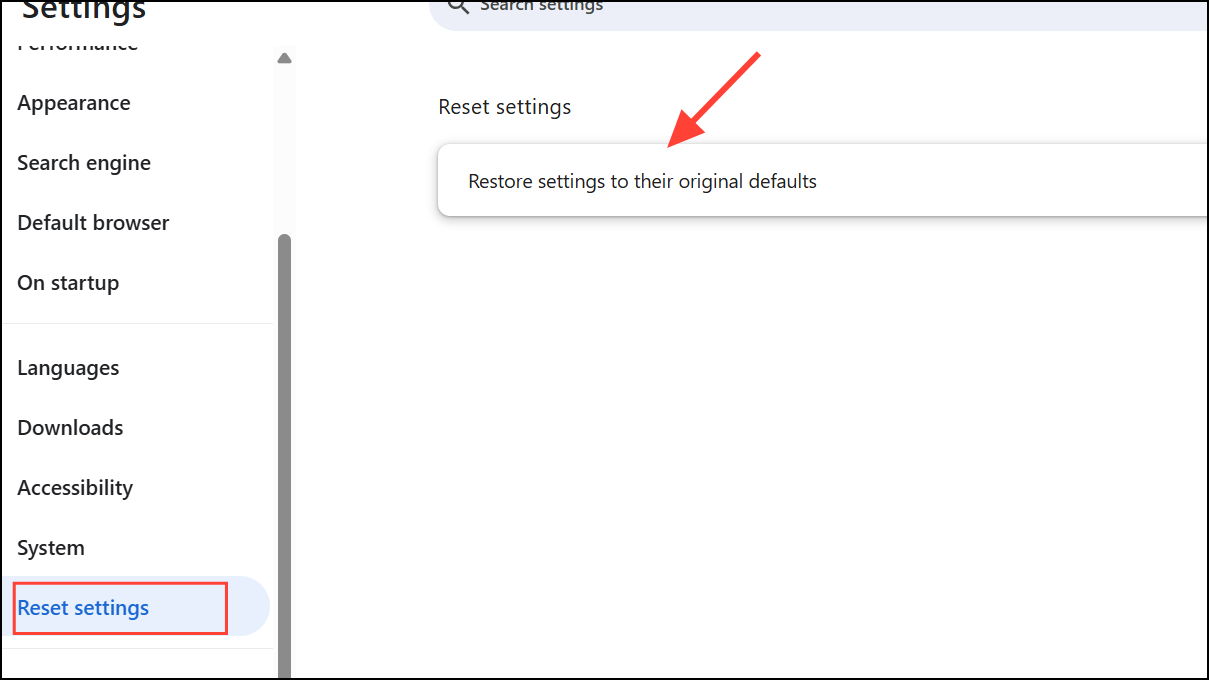
Resetting Chrome can resolve persistent performance issues caused by conflicting extensions or settings.
By following these methods, you can significantly improve Chrome's speed and responsiveness on your desktop, ensuring a smoother and more efficient browsing experience.

